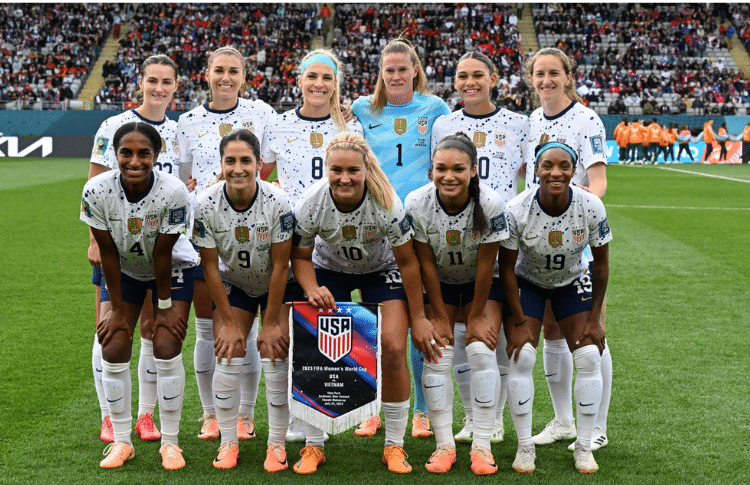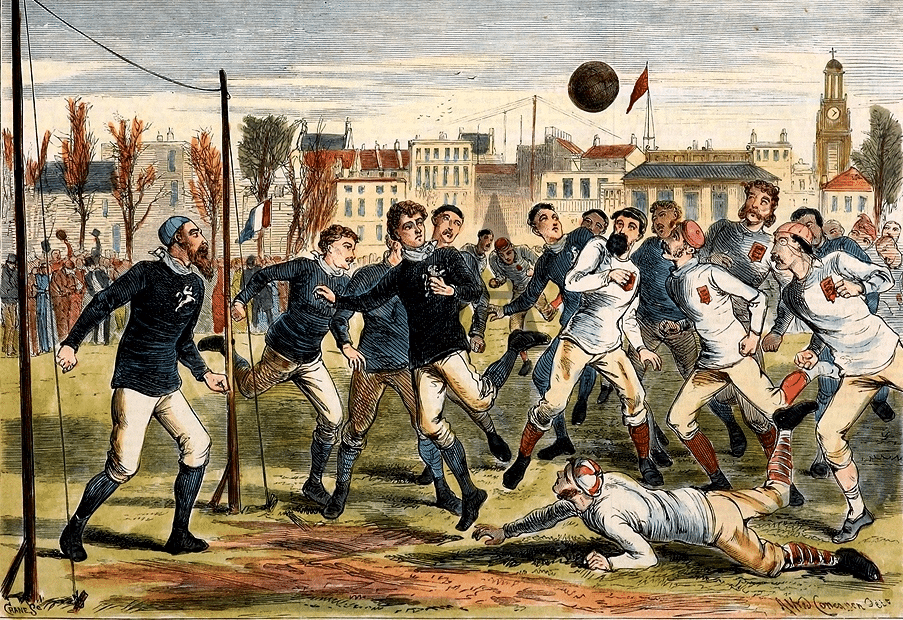What is a Cap in Soccer?
A cap is when a soccer player plays a match for his or her national team. For example, when Christian Pulisic plays in a World Cup match for the U.S., that one game counts as a cap.
And, if you are a parent of a teenager, don’t confuse their lingo of “cap” which means lying or exaggerating.
For now, let’s dive into more of the term. Later, we’ll examine which soccer players earned the most caps!
How Do You Earn a Cap?
A soccer player earns a cap each time they put on a jersey and compete for their national team in an official match between another country.
For FIFA to formally recognize a soccer cap, the soccer player must:
- Have entered the field as a starter or replacement and participated in an international match for their nation.
Although it is a phrase with a long history, it is now a simple method to describe a player’s level of international experience.

When soccer players reflect on their careers, one of their most prestigious accomplishments is the number of caps they have earned for their nation.
Teams typically reward their players with caps for competing in major competitions such as the World Cup or the European Championship.
Why Are International Caps Important?

Soccer caps are important since players are representing their country. There is no higher recognition than playing for the country you grew up in.
They don’t represent a brand or logo, they are there to represent their home turf.
A player’s legacy is judged by their number of international caps. The greats like Messi and Ronald have played many matches for their countries.
It elevates their standing and reputation among the rest of the soccer world.
Which Soccer Players Have the Most Caps?

Top Men’s Soccer Caps
As of March 2024, here are the men’s players with the most caps:
- Cristiano Ronaldo (Portugal): 205 Caps
- Bader Al-Mutawa (Kuwait): 196 Caps
- Soh Chin Ann (Malaysia): 195 Caps
- Ahmed Hassan (Egypt): 184 Caps
- Ahmed Mubarak (Oman): 183 Caps
- Lionel Messi (Argentina): 180 Caps
- Sergio Ramos (Spain): 180 Caps
- Andres Guardado (Mexico): 179 Caps
- Claudio Suarez (Mexico): 177 Caps
- Gianluigi Buffon (Italy): 176 Caps
- Hassan Al-Haydos (Qatar): 176 Caps
Top Women’s Soccer Caps
Here are the women soccer players with the most caps:
- Kristine Lilly (United States): 354 Caps
- Christine Sinclair (Canada): 331 Caps
- Carli Lloyd (United States): 316 Caps
- Christie Pearce (United States): 311 Caps
- Mia Hamm (United States): 276 Caps
- Julie Foudy (United States): 274 Caps
- Abby Wambach (United States) 255 Caps
- Joy Fawcett (United States): 241 Caps
- Caroline Seger (Sweden): 240 Caps
- Formiga (Brazil): 234 Caps
What is the Background of the Term “Cap”?
The first known instance of a cap, or international cap, was during a soccer match between Scotland and England in 1872.
Scotland’s players wore cowls (hood), while the English wore caps to distinguish who was on whose side during the soccer match.
Over time, England started giving its players a white hat with a rose on it during international matches to help them stand out on the field.

The players received these caps as a memento of the occasion of representing their country.
In the past, they used to get a real physical cap for their international participation.
Final Thoughts on International Play
Caps are significant to professional soccer players.
At the same time, the amount of caps doesn’t necessarily equate to how good a player is. Some players are lucky enough to be born in a country where soccer is dominant.
Others make a bigger impact professionally.
No matter how you slice it, it’s no small feat. Anytime an athlete gets to represent their country, it is nothing short of special.







